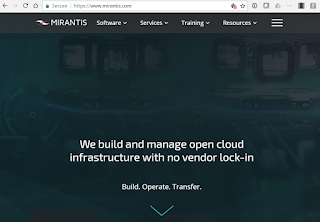Cisco Systems GK announced that SoftBank of Japan has adopted the Cisco Network Convergence System 5500 Series to enable high-density 100 Gigabit Ethernet routing and Segment Routing technology to optimise network operations for its next-generation mobile IP core network.
Cisco noted that mobile carriers such as SoftBank not only face the need to respond to the demands of user growth by delivering higher communication speeds, lower latency and dynamic provisioning that will be enabled by 5G networks, but also to deliver new mobile services to home and enterprise markets. SoftBank is planning to upgrade and expand its existing equipment that supports mobile Internet traffic, which is forecast to increase at a rate of 50% per year.
As part of this initiative, SoftBank has upgraded the core routers used in its existing network to the Cisco NCS 5500 Series, which is capable of supporting 576 x 100 Gigabit Ethernet ports. This capacity will enable the company to build a next-generation mobile IP core network able to meet the bandwidth demands from the deployment of new services such as IoT and mobile video.
Cisco noted that the next-generation mobile IP core network is able to support high-traffic volume and to reduce fault recovery time to help improve the processes for ensuring the high reliability of services in the event a fault occurs.
In addition, SoftBank has become the first company in Japan to introduce Segment Routing technology provided by Cisco, which is designed to simplify and optimise the mobile IP core network and facilitate the automation of network operations.
 Cisco's Segment Routing TI-LFA capability is designed to reduce fault recovery time while also improving reliability and redundancy. This can enable the provisioning of a more reliable mobile network while delivering an enhanced user experience for SoftBank's consumer and corporate customers.
Cisco's Segment Routing TI-LFA capability is designed to reduce fault recovery time while also improving reliability and redundancy. This can enable the provisioning of a more reliable mobile network while delivering an enhanced user experience for SoftBank's consumer and corporate customers.
Through the deployment, SoftBank is aiming to become more competitive by enabling the rapid, flexible deployment of reliable services leveraging a core network that can support traffic demand while providing low operating costs.
Cisco noted that according to its recent Mobile Visual Networking Index Forecast (VNI) 2016-21, global mobile data traffic will increase seven-fold to 1.4 zettabytes over the period, driven by increasing mobile users, smartphones and the Internet of Things (IoT), higher network speeds and rising mobile video consumption.



















